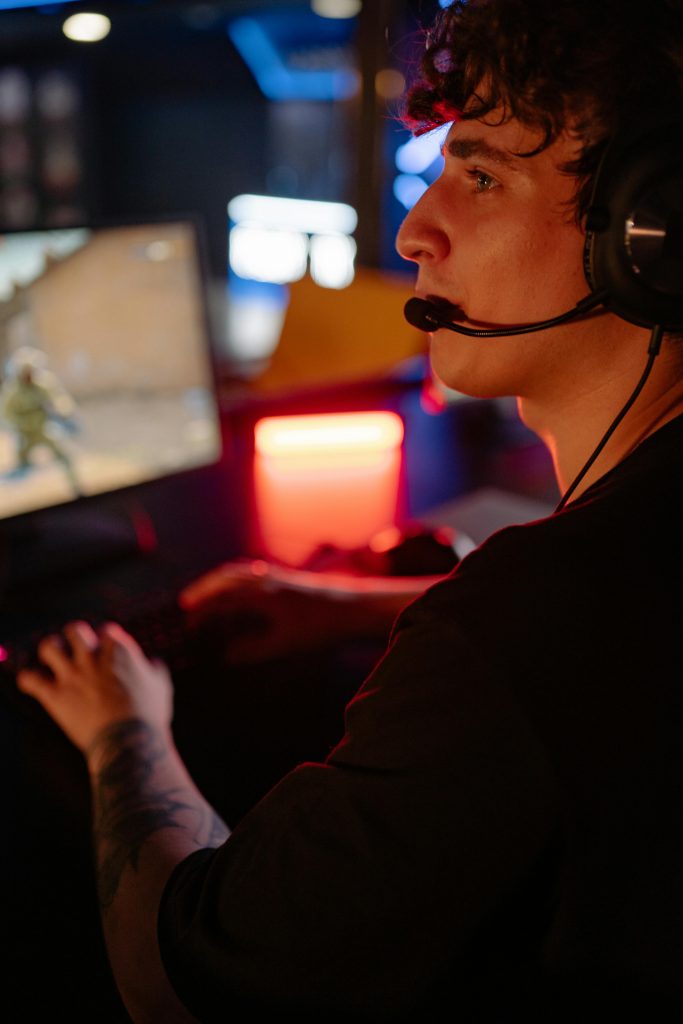Troubleshooting the Predator Triton 300 (Model N20C3) with Blinking LED Indicators
If you own a Predator Triton 300 (Model N20C3) and have encountered an unusual issue where the device’s LED indicators blink simultaneously before shutting down, you’re not alone. This guide provides a clear overview of the problem and offers some potential troubleshooting steps.
Understanding the Issue
This particular model, with a DC rating of 19.5V and 11.8A (PT315-527337), features two status LEDs positioned above the keyboard:
- Battery LED: initial color orange
- Light (status) LED: initial color blue
Symptoms observed include:
- Pressing the power button results in the Predator logo appearing along with audio output.
- The battery LED switches off momentarily, then turns back on.
- Subsequently, both LEDs begin to flicker in unison.
- The laptop unexpectedly powers off, while the blinking continues on the battery LED.
Interpreting the LED Indicators
On gaming and high-performance laptops like the Predator Triton series, blinking LED patterns often serve as diagnostic signals. In many cases, blinking lights can indicate hardware issues such as:
- Power supply problems
- Battery faults
- Motherboard or hardware component failures
- Firmware errors
Given the behavior described—simultaneous flickering of both LEDs followed by shutdown—it suggests the device may be experiencing a hardware fault or power-related problem.
Recommended Troubleshooting Steps
- Perform a Hard Reset
- Power off the laptop.
- Disconnect all peripherals.
- Unplug the charger.
- Hold down the power button for 15-20 seconds to discharge residual power.
-
Reconnect the charger and try powering on the device.
-
Check the Power Adapter and Battery
- Ensure the charger is functioning correctly; verify with a multimeter if possible.
- If the laptop has a removable battery, try removing it and then re-inserting it.
-
Attempt to boot with only the charger connected (battery removed) to determine if the battery might be at fault.
-
Inspect for Hardware Damage
- Visually check for any obvious signs of damage or loose connections inside the laptop.
-
If comfortable, open the device to verify seating of RAM and storage components.
-
Reset BIOS/UEFI Settings
- Access BIOS/UE
Share this content:



